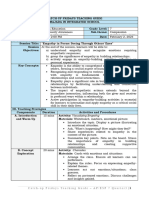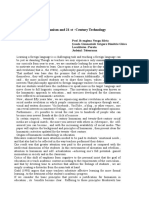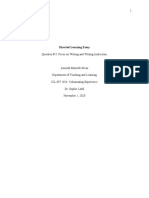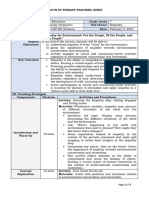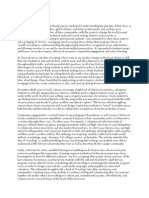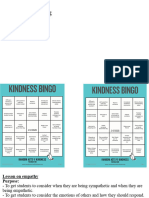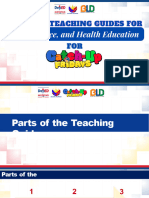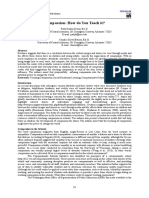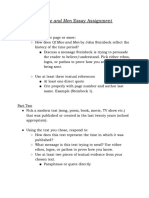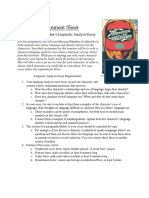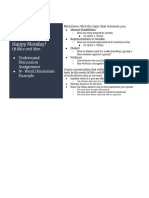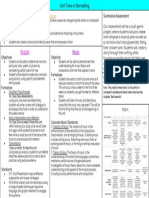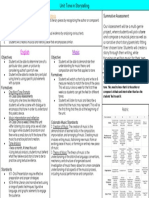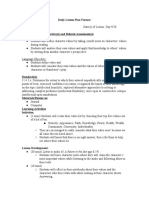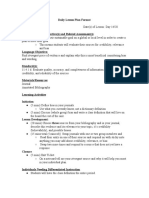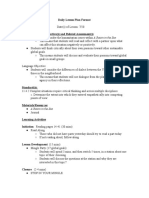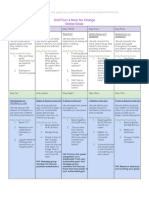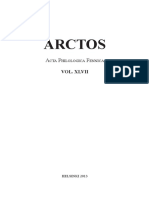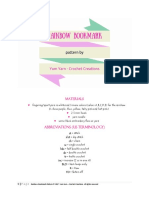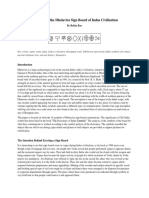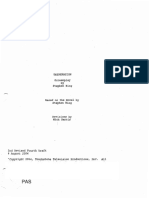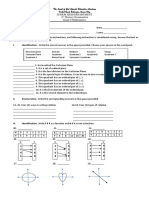0% found this document useful (0 votes)
201 views3 pagesEmpathy in The Writing Classroom
The document discusses ways to encourage empathy in the writing classroom. It argues that creating empathy comes not just from a teacher's own empathy, but also from activities that encourage students to employ empathy in their own writing and understanding. Small, low-risk writing activities like self-reflections, journals, and rubric creation can help students explore their writing and connect with others. Larger assignments like first-person essays from another's perspective, proposals on issues students care about, and interview-based research can foster empathy by having students see from others' views and listen to a variety of perspectives. The most impactful way to increase student empathy is through a teacher's empathetic teaching approach of active listening, responding to student feelings, making
Uploaded by
api-395950323Copyright
© © All Rights Reserved
We take content rights seriously. If you suspect this is your content, claim it here.
Available Formats
Download as DOCX, PDF, TXT or read online on Scribd
0% found this document useful (0 votes)
201 views3 pagesEmpathy in The Writing Classroom
The document discusses ways to encourage empathy in the writing classroom. It argues that creating empathy comes not just from a teacher's own empathy, but also from activities that encourage students to employ empathy in their own writing and understanding. Small, low-risk writing activities like self-reflections, journals, and rubric creation can help students explore their writing and connect with others. Larger assignments like first-person essays from another's perspective, proposals on issues students care about, and interview-based research can foster empathy by having students see from others' views and listen to a variety of perspectives. The most impactful way to increase student empathy is through a teacher's empathetic teaching approach of active listening, responding to student feelings, making
Uploaded by
api-395950323Copyright
© © All Rights Reserved
We take content rights seriously. If you suspect this is your content, claim it here.
Available Formats
Download as DOCX, PDF, TXT or read online on Scribd
/ 3





